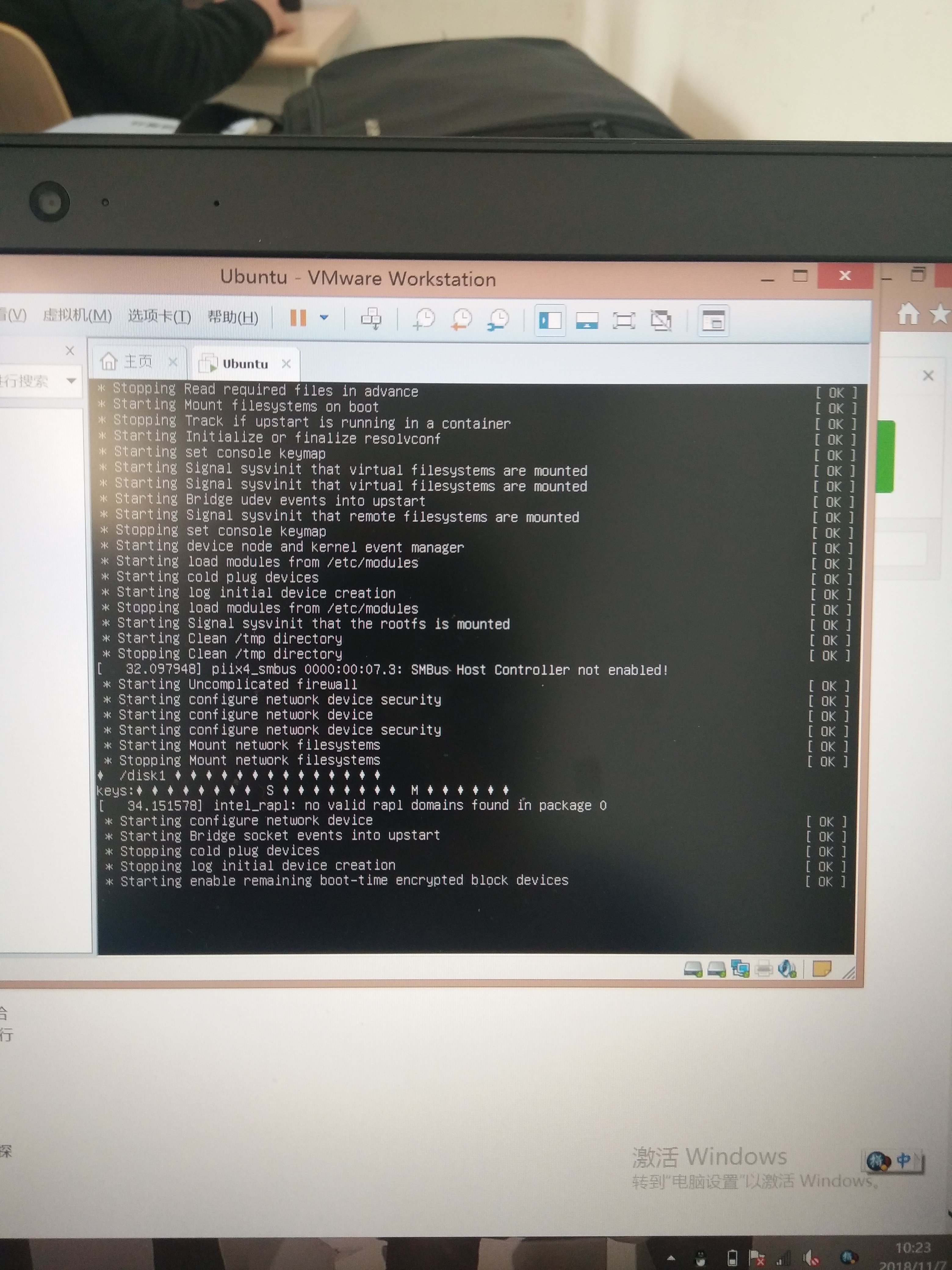可以将文章内容翻译成中文,广告屏蔽插件可能会导致该功能失效(如失效,请关闭广告屏蔽插件后再试):
问题:
Is there a decent way with static HTML/XHTML to create common header/footer files to be displayed on each page of a site? I know you can obviously do this with PHP or server side directives, but is there any way of doing this with absolutely no dependencies on the server stitching everything together for you?
Edit: All very good answers and was what I expected. HTML is static, period. No real way to change that without something running server side or client side. I've found that Server Side Includes seem to be my best option as they are very simple and don't require scripting.
回答1:
There are three ways to do what you want
Server Script
This includes something like php, asp, jsp.... But you said no to that
Server Side Includes
Your server is serving up the pages so why not take advantage of the built in server side includes? Each server has its own way to do this, take advantage of it.
Client Side Include
This solutions has you calling back to the server after page has already been loaded on the client.
回答2:
Since HTML does not have an "include" directive, I can think only of three workarounds
- Frames
- Javascript
- CSS
A little comment on each of the methods.
Frames can be either standard frames or iFrames. Either way, you will have to specify a fixed height for them, so this might not be the solution you are looking for.
Javascript is a pretty broad subject and there probably exist many ways how one might use it to achieve the desired effect. Off the top of my head however I can think of two ways:
- Full-blown AJAX request, which requests the header/footer and then places them in the right place of the page;
<script type="text/javascript" src="header.js"> which has something like this in it: document.write('My header goes here');
Doing it via CSS would be really an abuse. CSS has the content property which allows you to insert some HTML content, although it's not really intended to be used like this. Also I'm not sure about browser support for this construct.
回答3:
JQuery load() function can use for including common header and footer. Code should be like
<script>
$("#header").load("header.html");
$("#footer").load("footer.html");
</script>
You can find demo here
回答4:
You can do it with javascript, and I don't think it needs to be that fancy.
If you have a header.js file and a footer.js.
Then the contents of header.js could be something like
document.write("<div class='header'>header content</div> etc...")
Remember to escape any nested quote characters in the string you are writing.
You could then call that from your static templates with
<script type="text/javascript" src="header.js"></script>
and similarly for the footer.js.
Note: I am not recommending this solution - it's a hack and has a number of drawbacks (poor for SEO and usability just for starters) - but it does meet the requirements of the questioner.
回答5:
The best solution is using a static site generator which has templating/includes support. I use Hammer for Mac, it is great. There's also Guard, a ruby gem that monitors file changes, compile sass, concatenate any files and probably does includes.
回答6:
you can do this easily using jquery. no need of php for such a simple task.
just include this once in your webpage.
$(function(){
$("[data-load]").each(function(){
$(this).load($(this).data("load"), function(){
});
});
})
now use data-load on any element to call its contents from external html file
you just have to add line to your html code where you want the content to be placed.
example
<nav data-load="sidepanel.html"></nav>
<nav data-load="footer.html"></nav>
回答7:
The most practical way is to use Server Side Include. It's very easy to implement and saves tons of work when you have more than a couple pages.
回答8:
HTML frames, but it is not an ideal solution. You would essentially be accessing 3 separate HTML pages at once.
Your other option is to use AJAX I think.
回答9:
No. Static HTML files don't change. You could potentially do this with some fancy Javascript AJAXy solution but that would be bad.
回答10:
Short of using a local templating system like many hundreds now exist in every scripting language or even using your homebrewed one with sed or m4 and sending the result over to your server, no, you'd need at least SSI.
回答11:
You could use a task runner such as gulp or grunt.
There is an NPM gulp package that does file including on the fly and compiles the result into an output HTML file. You can even pass values through to your partials.
https://www.npmjs.com/package/gulp-file-include
<!DOCTYPE html>
<html>
<body>
@@include('./header.html')
@@include('./main.html')
</body>
</html>
an example of a gulp task:
var fileinclude = require('gulp-file-include'),
gulp = require('gulp');
gulp.task('html', function() {
return gulp.src(['./src/html/views/*.html'])
.pipe(fileInclude({
prefix: '@@',
basepath: 'src/html'
}))
.pipe(gulp.dest('./build'));
});
回答12:
The simplest way to do that is using plain HTML.
You can use one of these ways:
<embed type="text/html" src="header.html">
or:
<object name="foo" type="text/html" data="header.html"></object>
回答13:
The only way to include another file with just static HTML is an iframe. I wouldn't consider it a very good solution for headers and footers. If your server doesn't support PHP or SSI for some bizarre reason, you could use PHP and preprocess it locally before upload. I would consider that a better solution than iframes.




